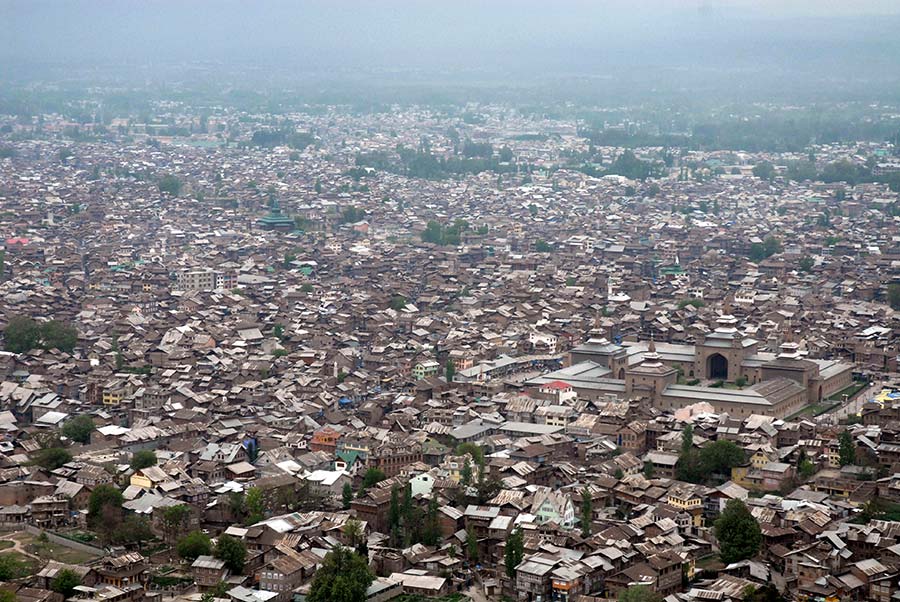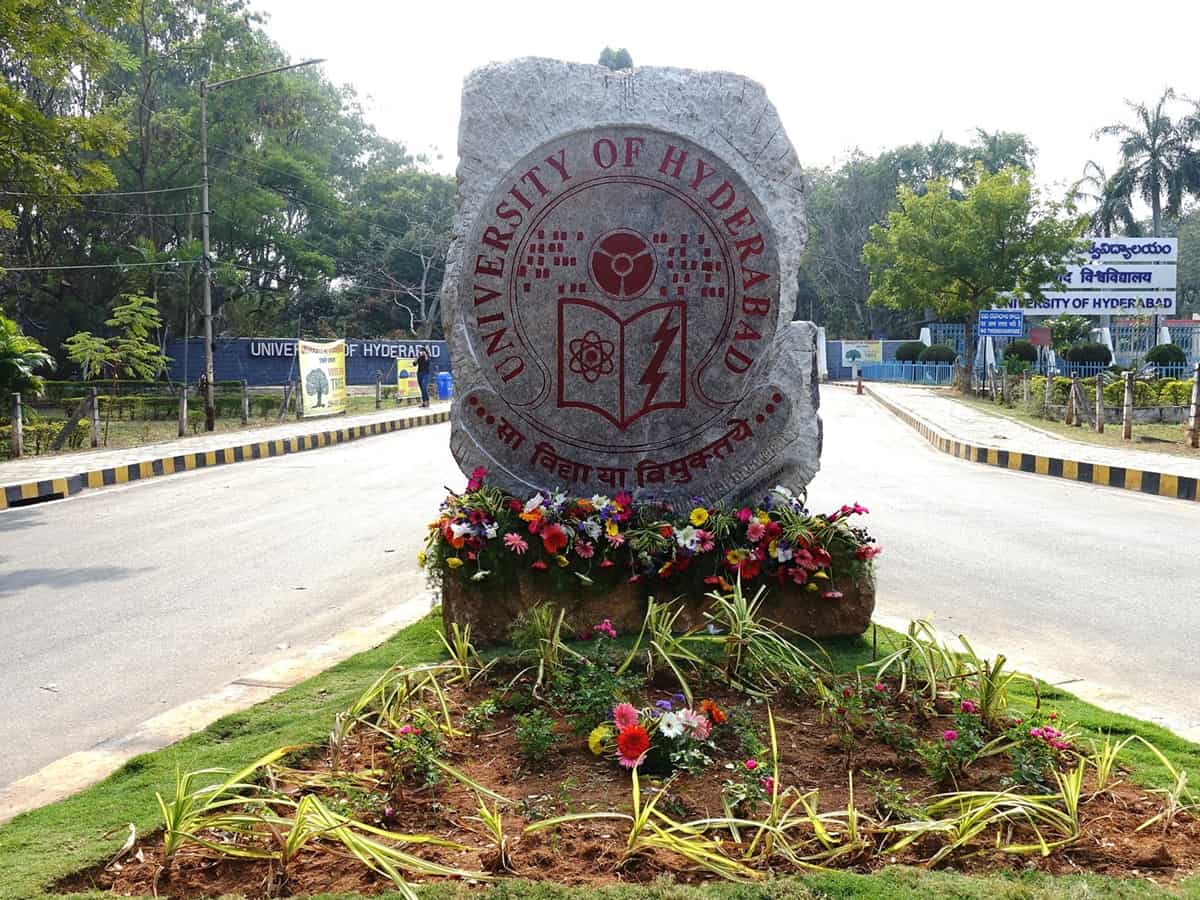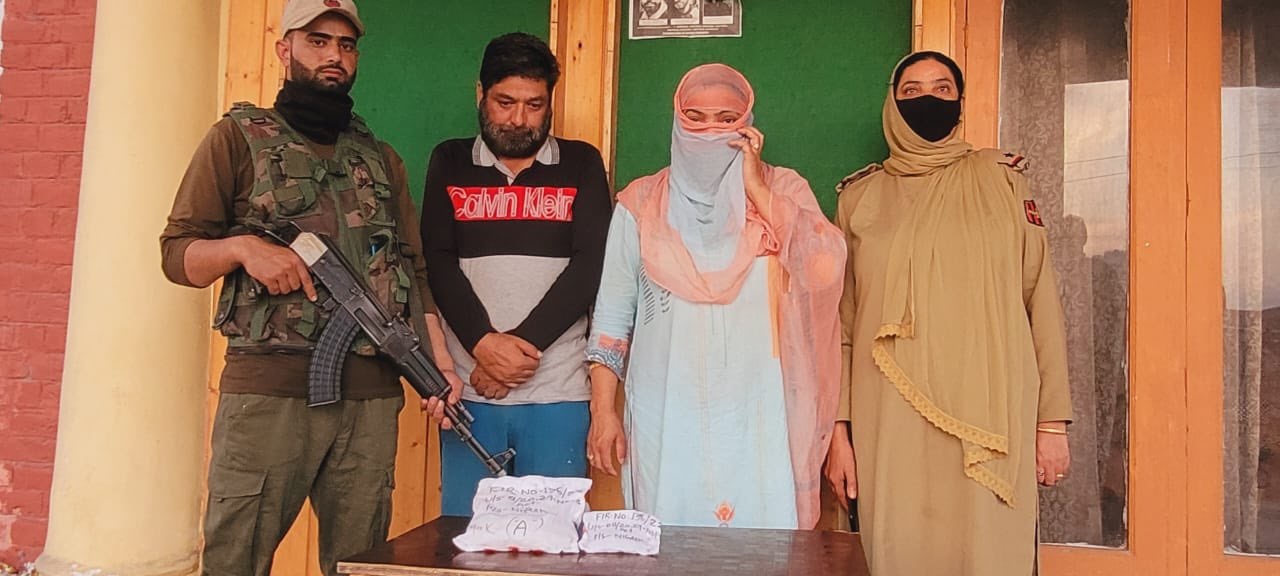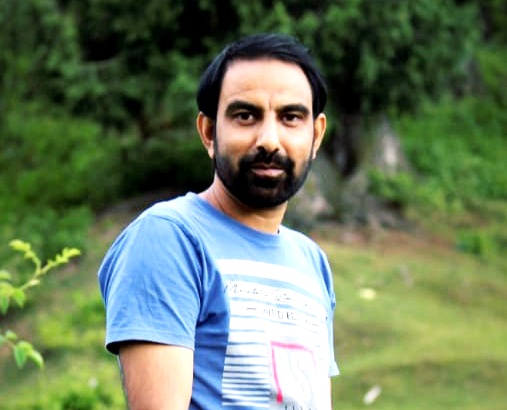[ad_1]
Srinagar is expanding fast as hoards of rich, professionals and fortune hunters from Kashmir periphery are making Srinagar their home. Raashid Andrabi explains the trend

Syed Ishfaq, 42, a resident of border Tanghdar town shifted to Srinagar in 2017 when his son started preparing for his Board examination classes. He chose Lawaypora, almost 150 km from Karna, where his relatives were already living. Ishfaq, a teacher, headed a 4-member nuclear family but found it difficult to educate his children in his hometown with negligible exposure and facilities.
“I was born in Tanghdar, and I used to visit Srinagar very less, mostly when I had to visit any of my relatives here or for any medical or official emergency,” Ishfaq said. Tanghdar, 67 km from Kupwara, is literally located on the Line of Control, the de facto border between two halves of Kashmir. “It isn’t just about the future of my children alone. It is about a place where you can receive all basic services. Moreover, the chances of work here are better than in the villages.”
A New Trend
Over the years, a huge population from the Kashmir periphery moved to Srinagar for one or the other reason. Mostly, it was the education of children that was a key factor. However, there are countless families that migrated – partially or fully, even in certain cases seasonally, to Srinagar for a professional career, better life, and fortune hunting.
In certain cases, migration was dictated by development. Gurez is one of the best illustrations where the NHPC required the depopulation of a vast belt to set up the dam for the Kishangaga Hydroelectric Power Project. This area was routinely inaccessible for nearly half of the year as the Razdan Pass would remain snow-covered.
After the residents, mostly Shina-speaking Dard people lost their battles against the power giant, they took the compensation and moved out of the beautiful valley. Though in Bandipore, they have a housing colony, where most of them live but most of them have decided to move to Srinagar directly. In various parts of Srinagar city, there are clusters of people who have acquired small properties in recent years.
Root Reconnect
While a section of these neo-migrants felt consumed by the comparatively fast urban life, there are many who still live with the “loss”.
Aleem, 23, sitting on the banks of Dal lake to watch the lovely sunset was snapping pictures of it. “It’s stunning, isn’t it? I frequently think about how much quiet and tranquillity there is in my home village back in Ganderbal,” Aleem said. “My parents purchased a home here in Srinagar after my brother finished his 12th grade with excellent grades. They believed that life in the city is better. For the last three years we have been living in the city, we hardly visit the ancestral home.”
Aleem sees city life as monotonous, and misses the get-togethers with his peers and neighbours, playing cricket in just-harvested rice fields and taking a dip in the riverside. He feels lonely and does not know even the names of his neighbours as everybody is preoccupied with moving on in their lives. Social life is completely neglected. My village resembled a big family,” Aleem regretted.
After spending 23 years in Srinagar, Abubakar Hakeem, now a resident of Zainakote, has opened a 24 x7 business in Bandipora, his ancestral home. In 2011, his family moved to Srinagar, leaving their home, agricultural land uninhabited.
“We left Bandipora for a decent education. I wanted to start a new business after studying business,” Hakeem said. Lured by the departmental store concept, he decided to start his own store. “In 2022, I started construction of my store in Bandipora. It helped me reconnect with my root and address a deficit.” His Blue Basket is up and running and he has hired the entire human resource locally.
White Collar Issues
Kashmir’s agricultural land is already in so short supply that families are unable to manage their livelihoods from small pieces of land. Coupled with the stigma of being a farmer, they move towards cities. In elder generation is either getting agricultural implements to replace the lost manpower or simply have abandoned the small patches of land and surviving on the earnings of their younger generation.
Section of the people who are posted in Srinagar gradually decide to have a flat or small home of their own. At some point in time, this home becomes their new permanent address.
Mubashir Dewani, a public servant, is from Bandipora. Currently, he divides his week between his residence in Srinagar and his hometown of Kunan. Father of two young girls, he struggled with the choice of letting his children pursue their education in his hometown or relocating to Srinagar.
“We didn’t choose to send our children to study in Srinagar; we had no choice but to do so,” Mubashir said. “How could I leave my daughters in Bandipore, when their mother works in Srinagar?” Mubashir believes urbanization has two sides. People flourish in rural areas before leaving for urban areas due to societal stigma after achieving some success there, he said.
Most of the rich people in the periphery own a house in Srinagar. The same is true with the best professionals who eventually had no option but to work in Srinagar. In most cases, however, they retain their inheritance and belongings in the villages and usually manage their time between the two homes.
Unlike the rich, who can afford to manage their incomes from their rural and urban properties, people like Mubashir could not. “My family moved to Srinagar, and I lost my herds, chickens, and fishery farms, all of which had a positive impact on both me and my village’s economic well-being,” Mubashir said. “As I was sucked by my 10 am – 4 pm career, the farms collapsed.” He regrets that he is not alone. “Individuals who had the capacity to contribute to the betterment of the village relocated as a result of which the villages continue to be as primitive.”
The internal migration has created a situation that Srinagar is now a huge city. It has already got into Budgam, Ganderbal and Pulwama and within a few years, parts of Baramulla will be included in Srinagar Municipal Corporation. Gradually, this is adding to the unfair and uneven distribution of populations between the city and the periphery.
This is enforcing choices on people. Many of the Srinagar neighbourhoods were rural or semi-rural villages. As the cost of the land escalated, they sold out their lands, changed their lifestyle and culture and are as urban as Zaina Kadal.
Opportunities
Over the years, the Kashmir villages are better moneyed, thanks to the cash crops that replaced the rice in most of the south and parts of north Kashmir. In Srinagar’s expansion, a lot of them see fortunes. The land in Srinagar is perhaps one of the most lucrative investments.
Ibrahim Ahmad, a resident of Srinagar’s Natipora neighbourhood, relocated to Srinagar with his wife, three children, and parents from Pulwama. “I purchased this piece of land back in 2018, and throughout the following few years, its value has increased substantially,” Ahmad said. “Before the end of the year, I sold a portion of it and gained a respectable profit. I then used the same money to build my house, and after my kids were admitted to some colleges in Srinagar, we decided to move here.”
There are dozens of people who had invested in land in the city periphery in the last century. All of them are millionaires now. In most cases, the appreciation is more than 100 per cent. No land in Srinagar sells at Rs 70 lakh a kanal. In certain cases, it is as high as Rs 3.5 crore.
A 21-year-old cluster university student from Srinagar, Zuhaib Ahmad Bhat recently launched a Srinagar-based real estate firm. Given that he has sold a significant number of homes to residents of Zainakote, Bemina, Soura, and other locations, Zuhaib has been pleased with the prospects of this firm. “More than half of my buyers were from Kashmiri villages,” he said. “People primarily move here from these areas due to the greater opportunities and facilities.”
The massive escalation in land prices has created an interesting trend. Now a section of people from the city moves towards the periphery. They sell their belongings in the heart of the city and get better land plots on extreme borders of the city. The reverse migration from the city is the outcome of the failure of the governance structure in offering some way out to the hugely congested Srinagar city, especially the Shahr-e-Khas.
Insiders in the real estate sector suggest that while education and jobs could be a reason, the claims that Srinagar has better facilities do not sound plausible. “You can reach Anantnag in less time than SKIMS from Batamaloo,” Abdul Rashid, who buys and sells property around the so-called 90-Feet said. “You have train connectivity with Sopore and Baramulla that is cheap and fast. There are better roads, good schools and most of the uptown brands in almost all major towns. In fact, the market in Anantnag is better and cheap than in Srinagar. Yes, the only issue is that of power supply that is slightly improved in Srinagar.”
Rashid believes that migration to Srinagar is being seen as part of “upward mobility” and not dictated by the absence of infrastructure. This might be true in a section of the neo-migrants but this is not the whole story.
[ad_2]
#Uninterrupted #Migrations
( With inputs from : kashmirlife.net )






